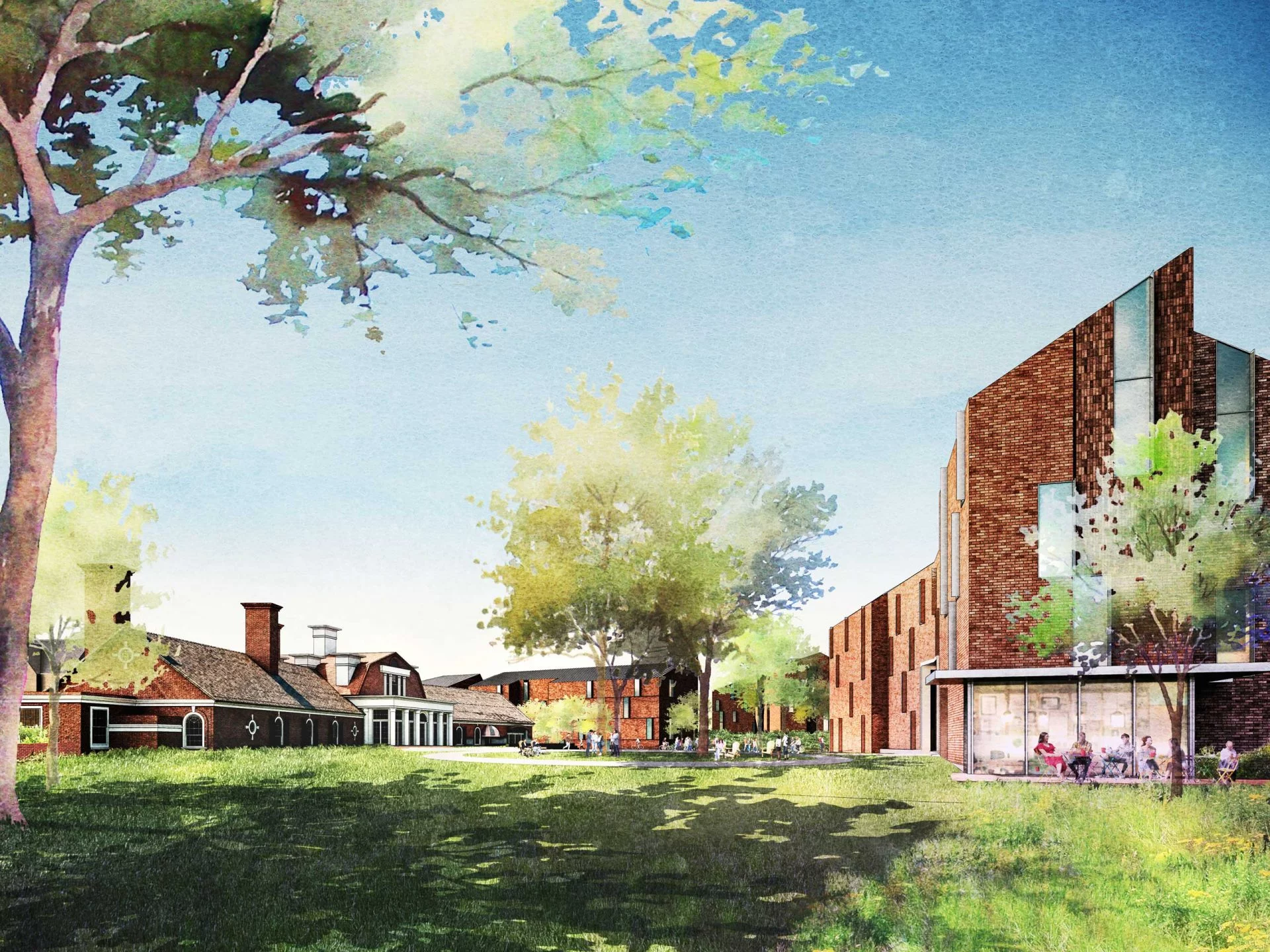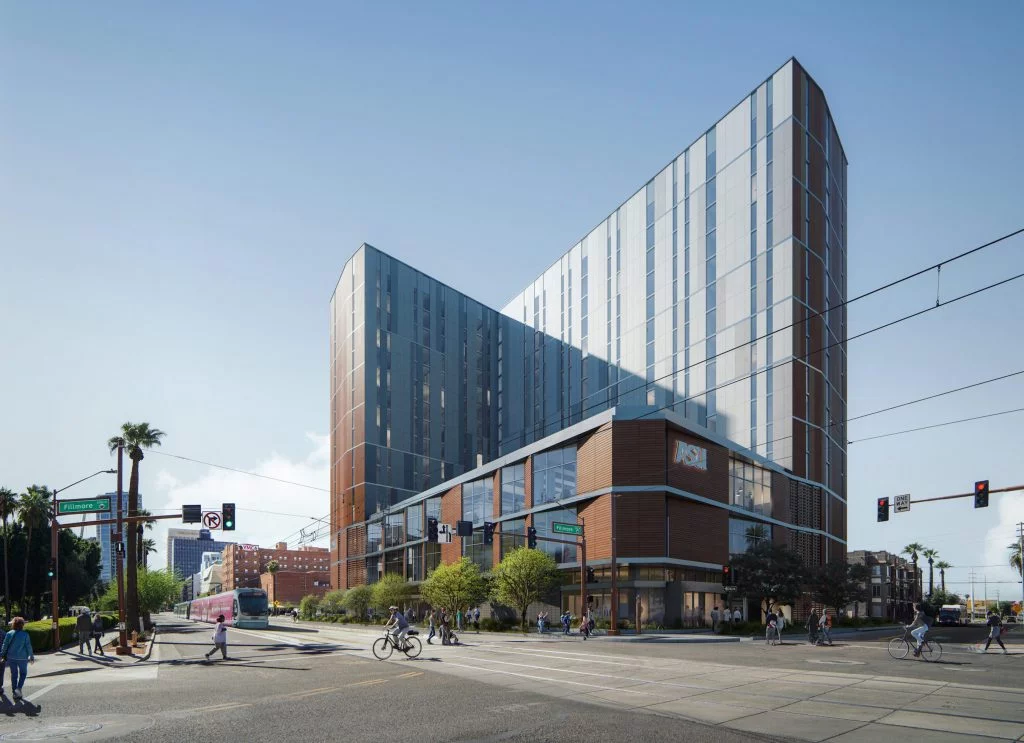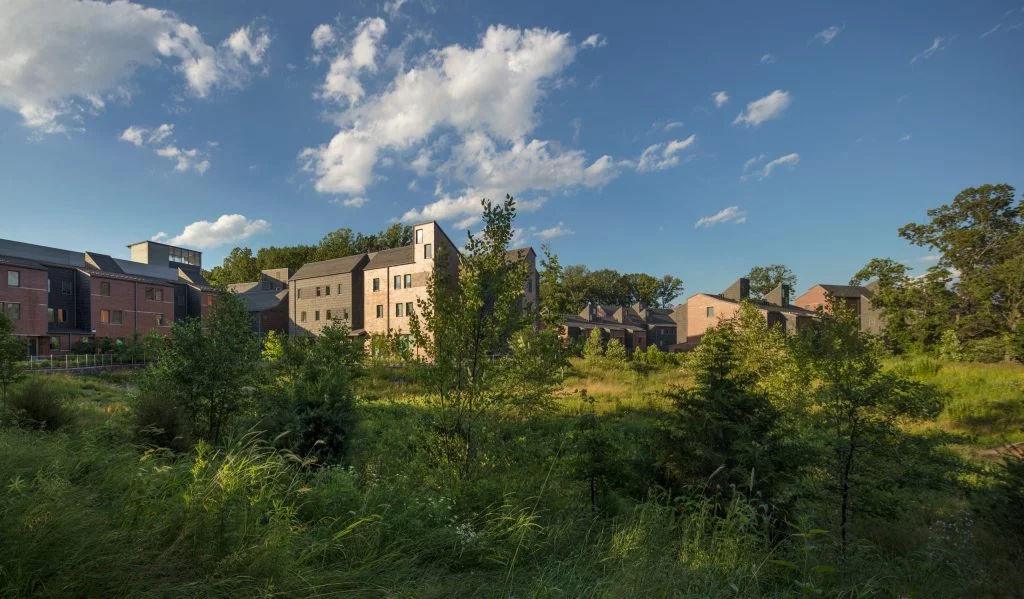The study did not stop at the undergraduate residential precinct; with the University’s blessing, the team looked at the larger Danforth Campus, assessing its relationship with the surrounding neighborhoods. One of the most powerful tools used in the outreach was an emotional heat map that revealed the levels of security or uneasiness different student groups felt on campus. Building placement and uses, along with other environmental design elements, were revealed to hold an unrecognized power in the minds of underrepresented student groups.
Making a More Equitable, Ecologically Regenerative Campus
Washington University’s South 40 Student Experience and Sustainability Plans
With a willing university administration and the voices of the campus community, a path to social and environmental equity is made.

- Location: St. Louis, Missouri
- Client: Washington University in St. Louis
Studio Ma was selected to design new first-year housing for Washington University in St. Louis. As the first step in redeveloping the South 40 undergraduate residential precinct with new and renovated construction, Washington University’s Vice Chancellor asked the team, “If we had the time to do this right, what would we do differently?” Studio Ma assembled an outreach and engagement team to study the question. The group devised engagement tools that captured input from not only undergraduates, but also faculty, staff, and graduate students.
One of the most powerful tools used in the outreach was an emotional heat map that revealed the levels of security or uneasiness different student groups felt on campus.

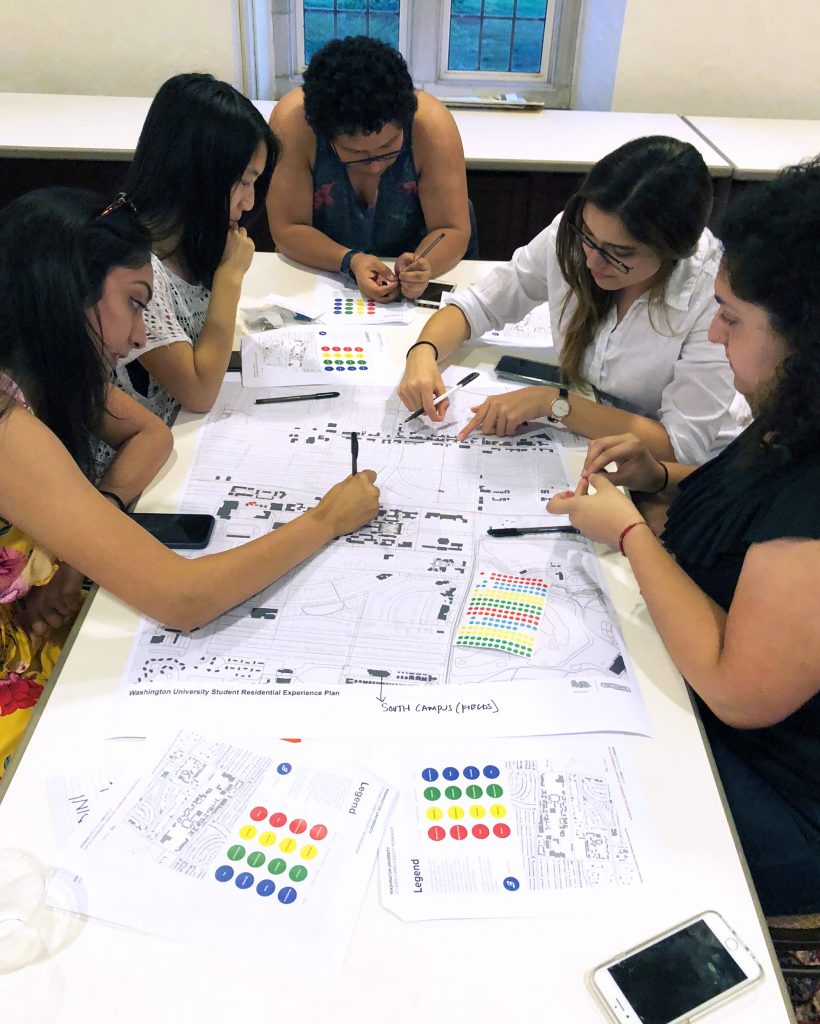
The study is used as a reference for a broader approach to improving social equity at this internationally prominent research university as it continues its ongoing building program
After completing the student experience plan, Studio Ma prepared a sustainability plan for future development of the South 40 precinct. The team adapted principles of the Living Building Challenge and LEED for new construction and renovations of the precinct’s buildings and grounds. It identifies a path to achieving net zero energy and water use, despite a four-season climate of hot, humid summers and below-freezing winters.
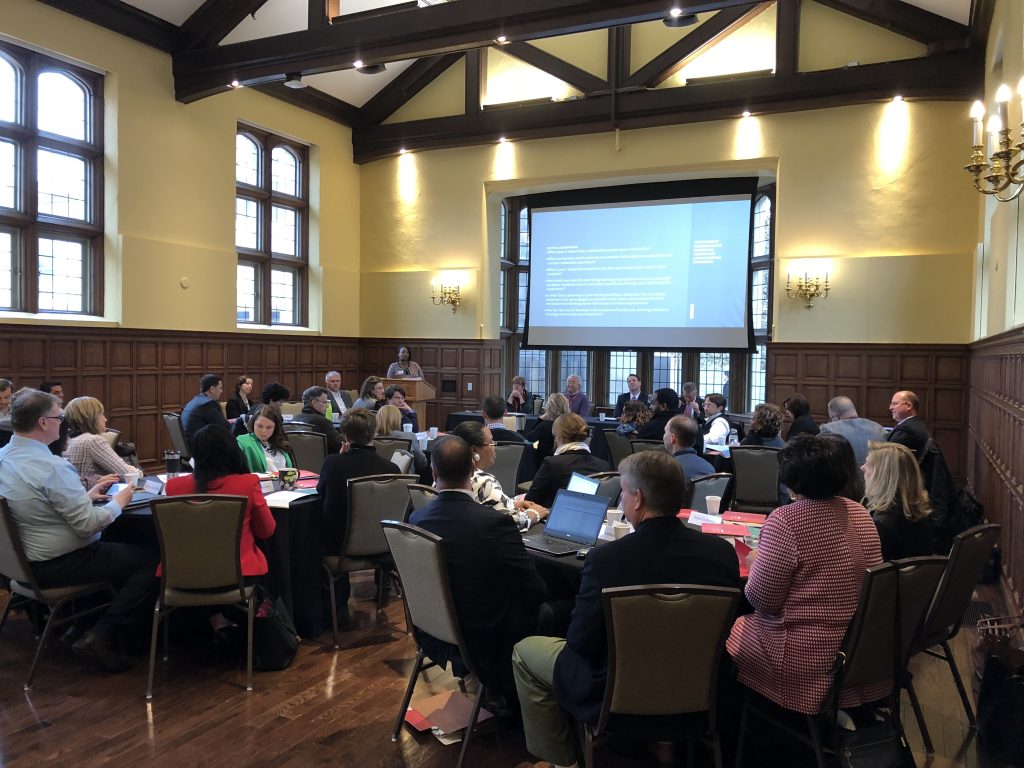
Studio Ma and the Washington University senior administration took the study to even deeper levels by reviewing operational and revenue practices affecting underrepresented student groups; they also conducted peer reviews with ten institutions to consider options for addressing the disparities they had discovered. The study is used as a reference for a broader approach to improving social equity at this internationally prominent research university as it continues its ongoing building program.
